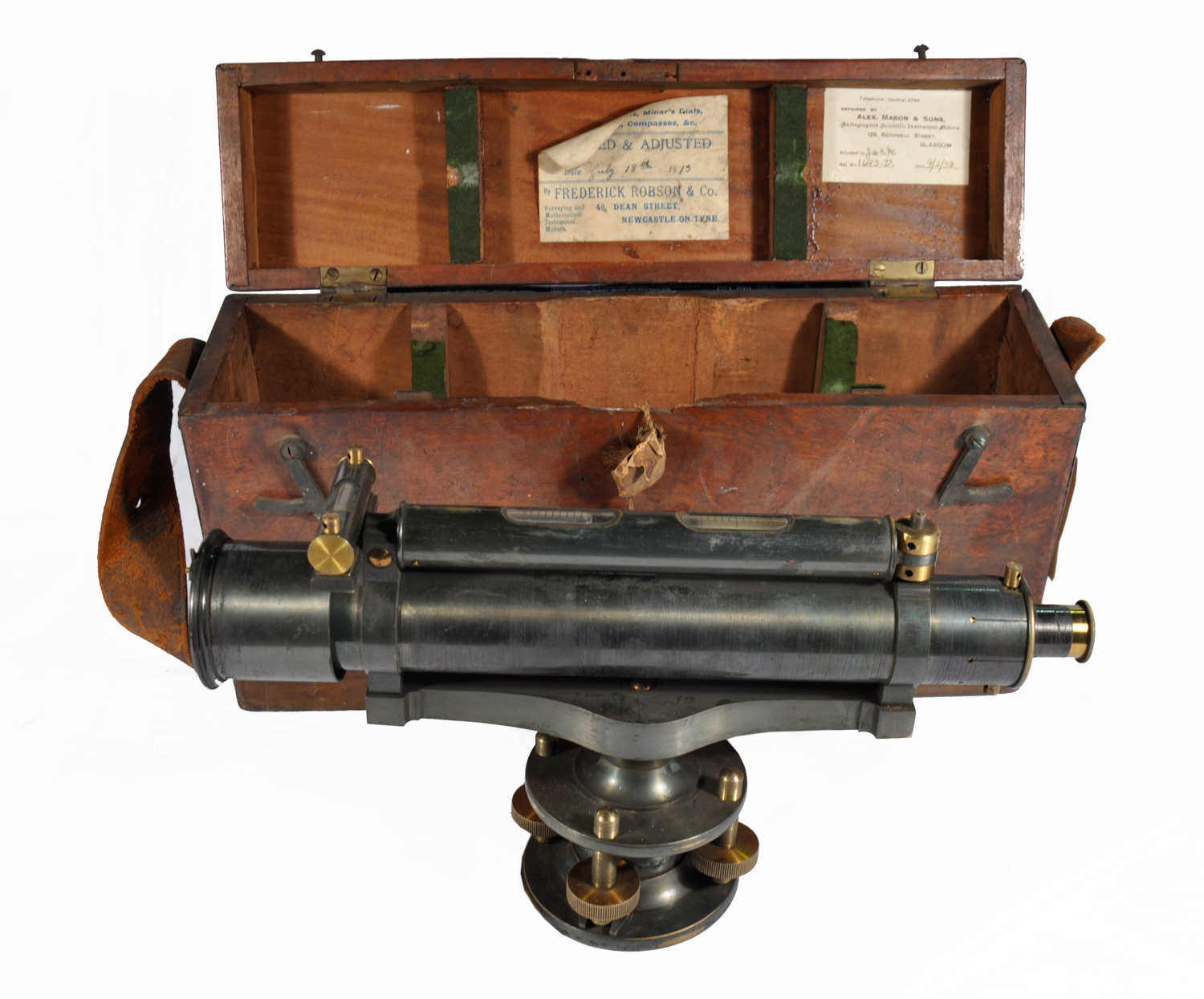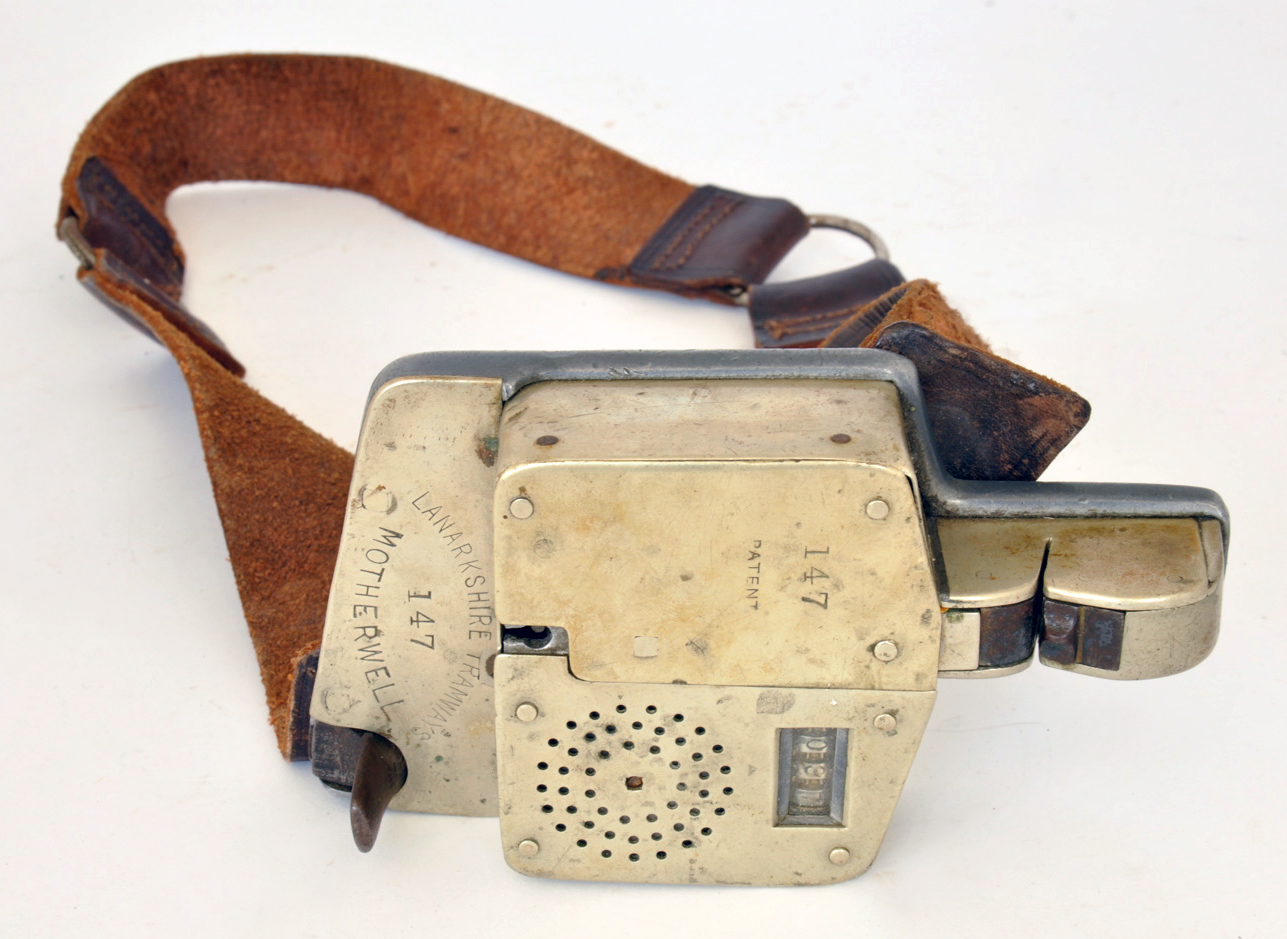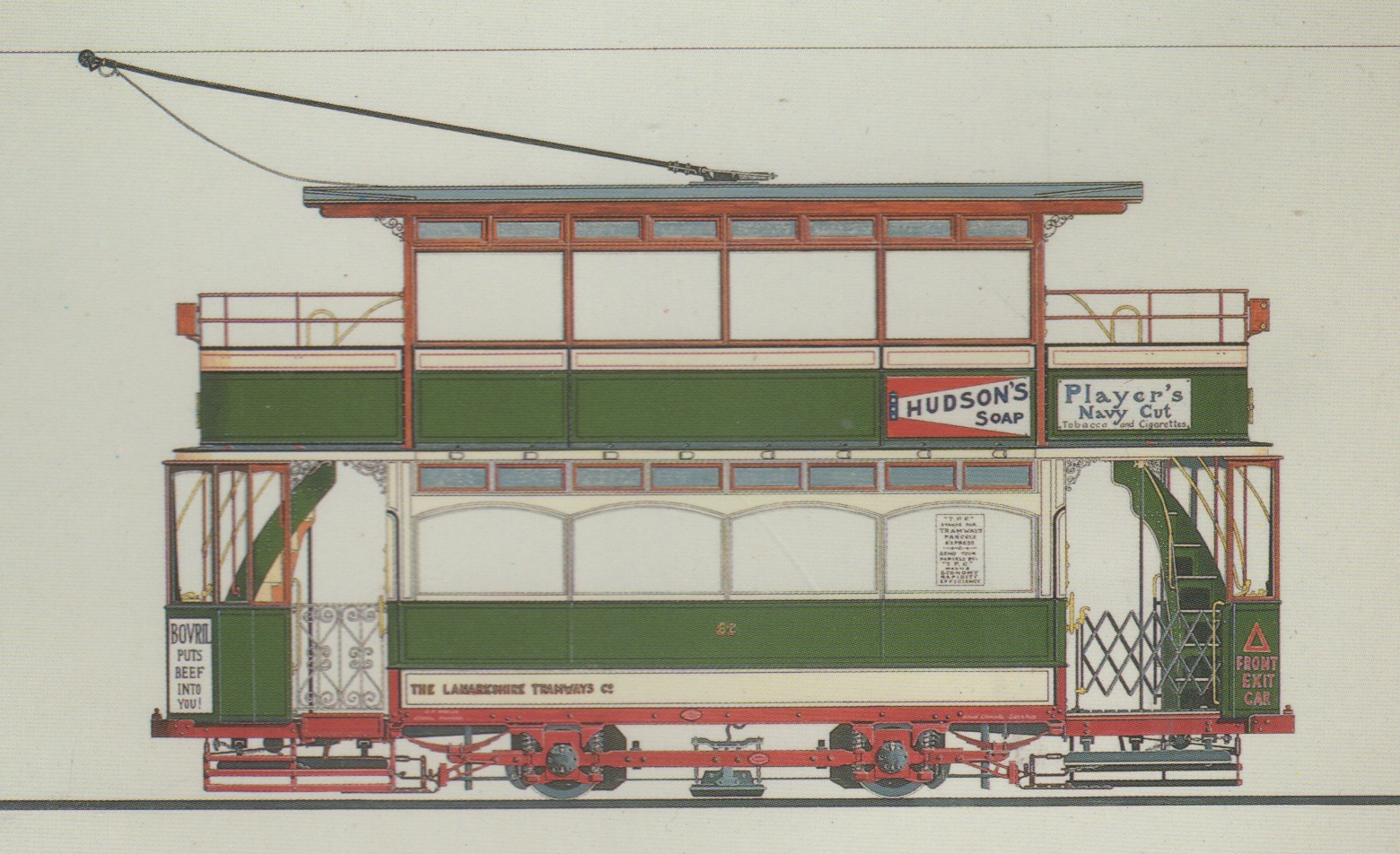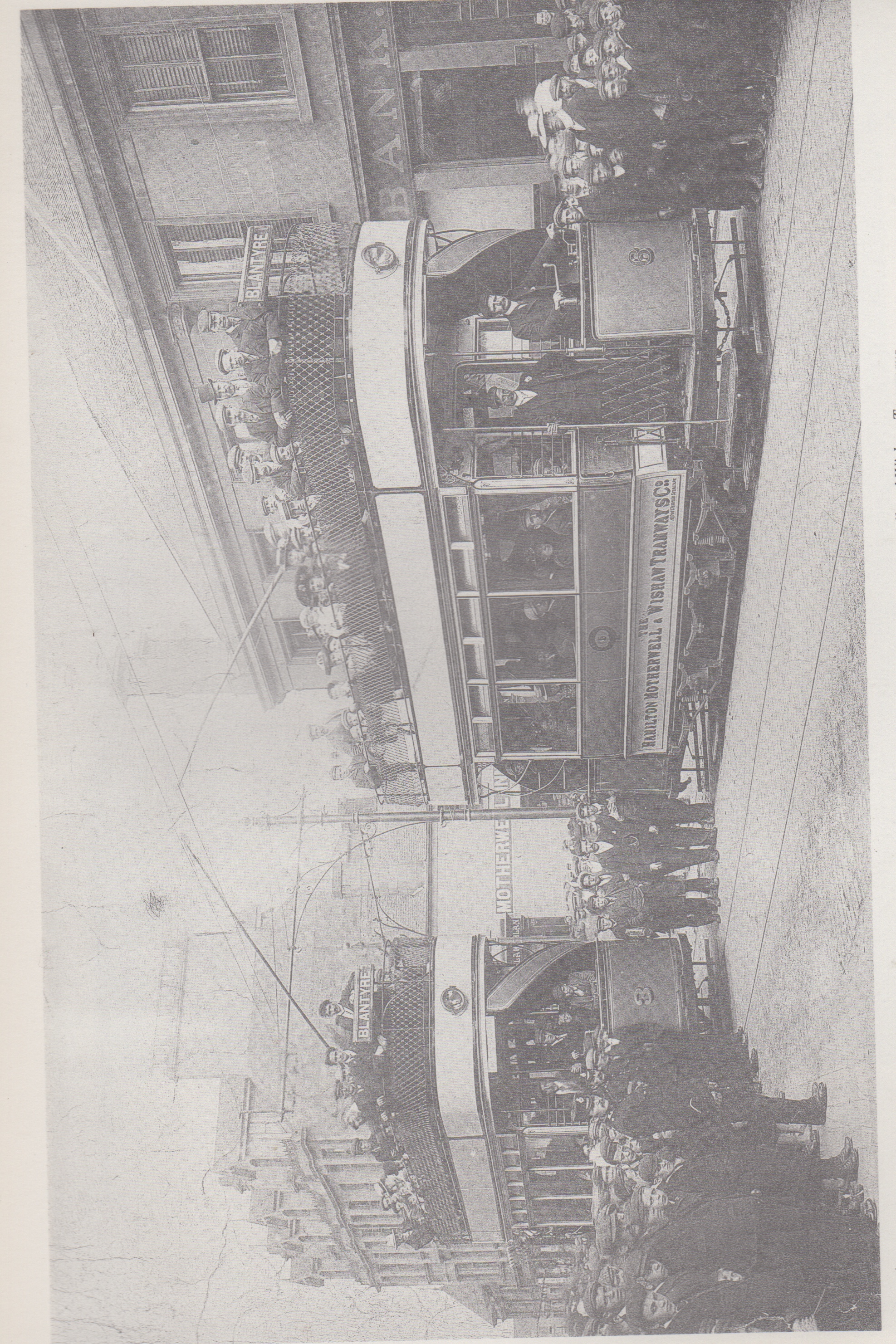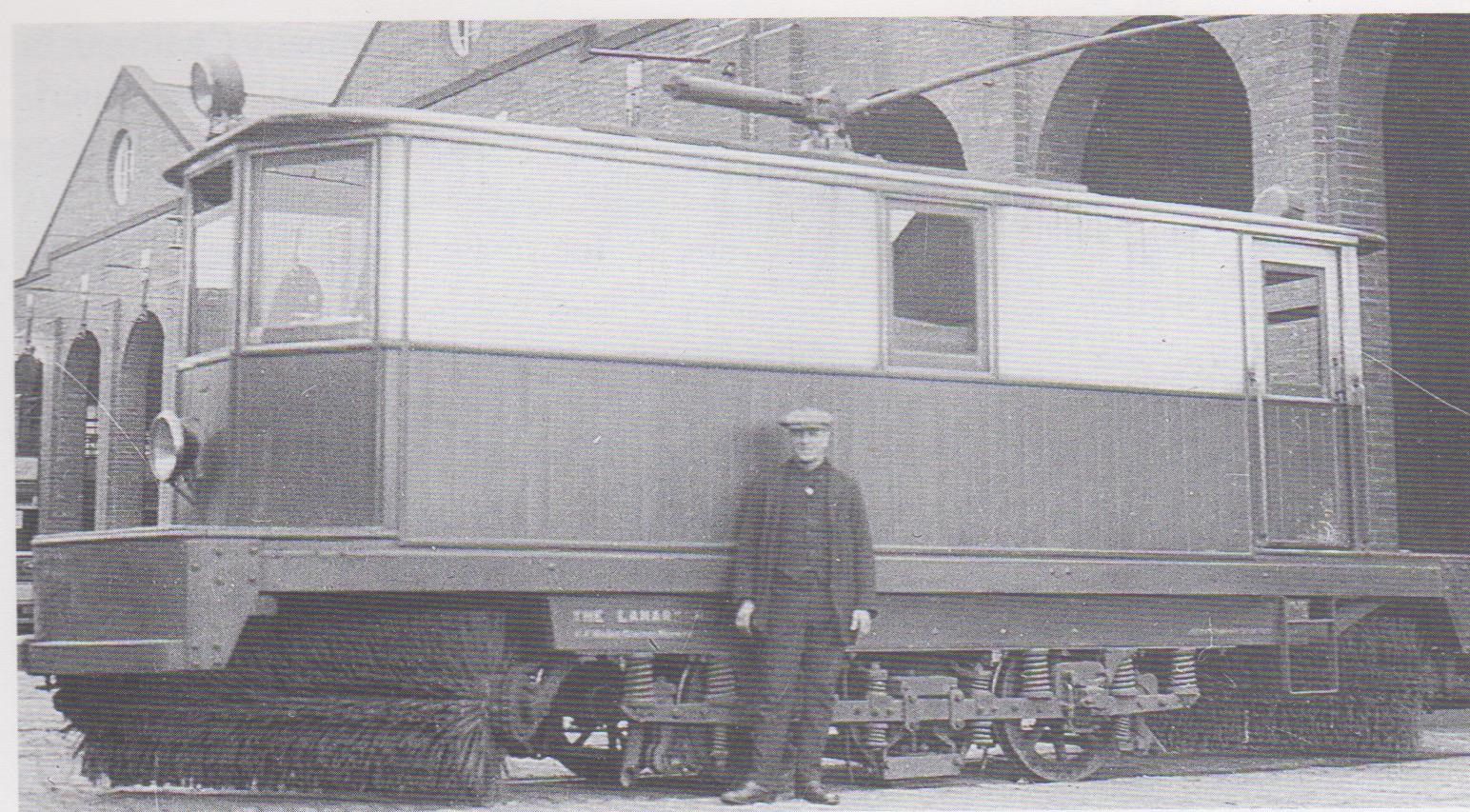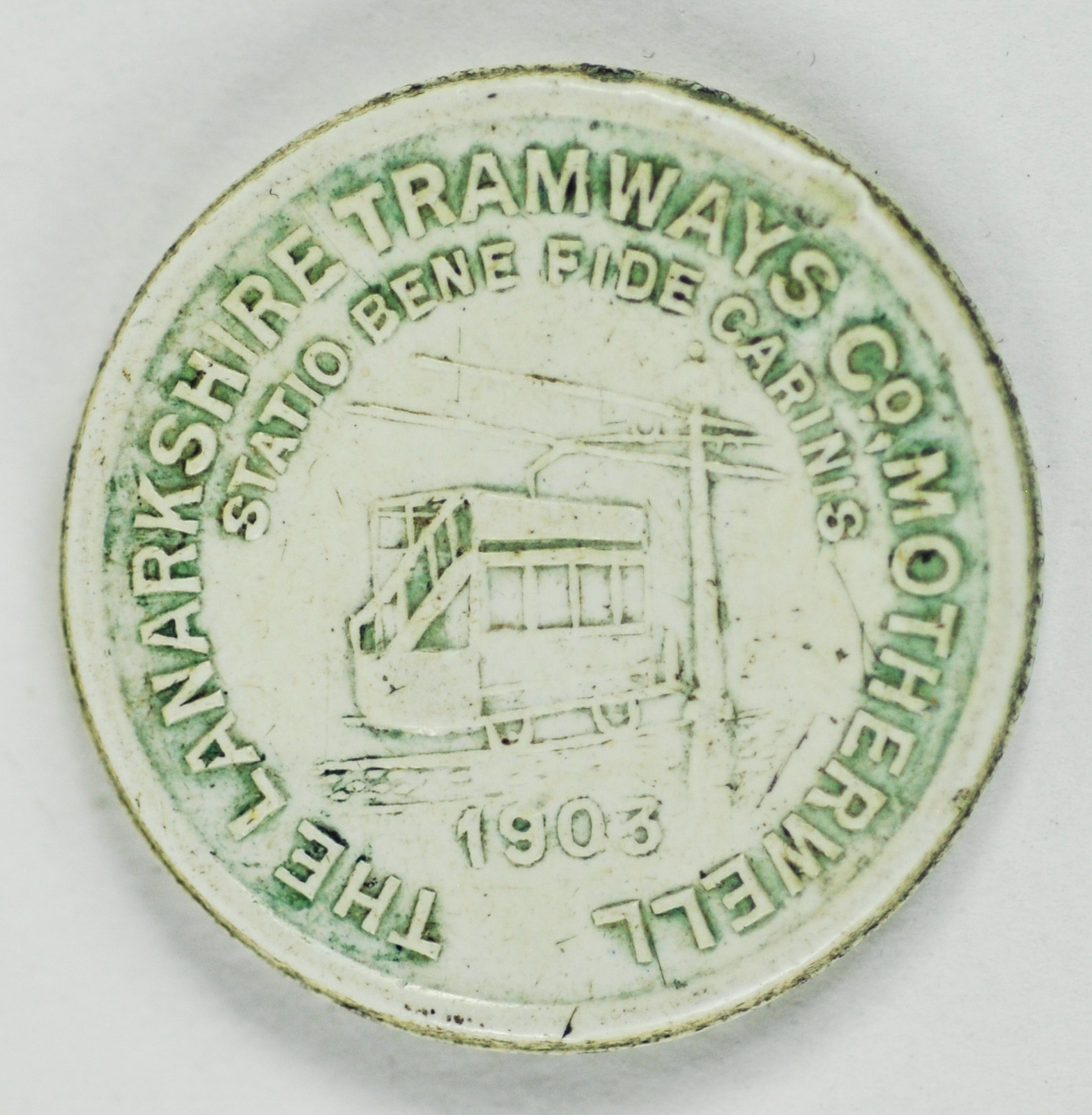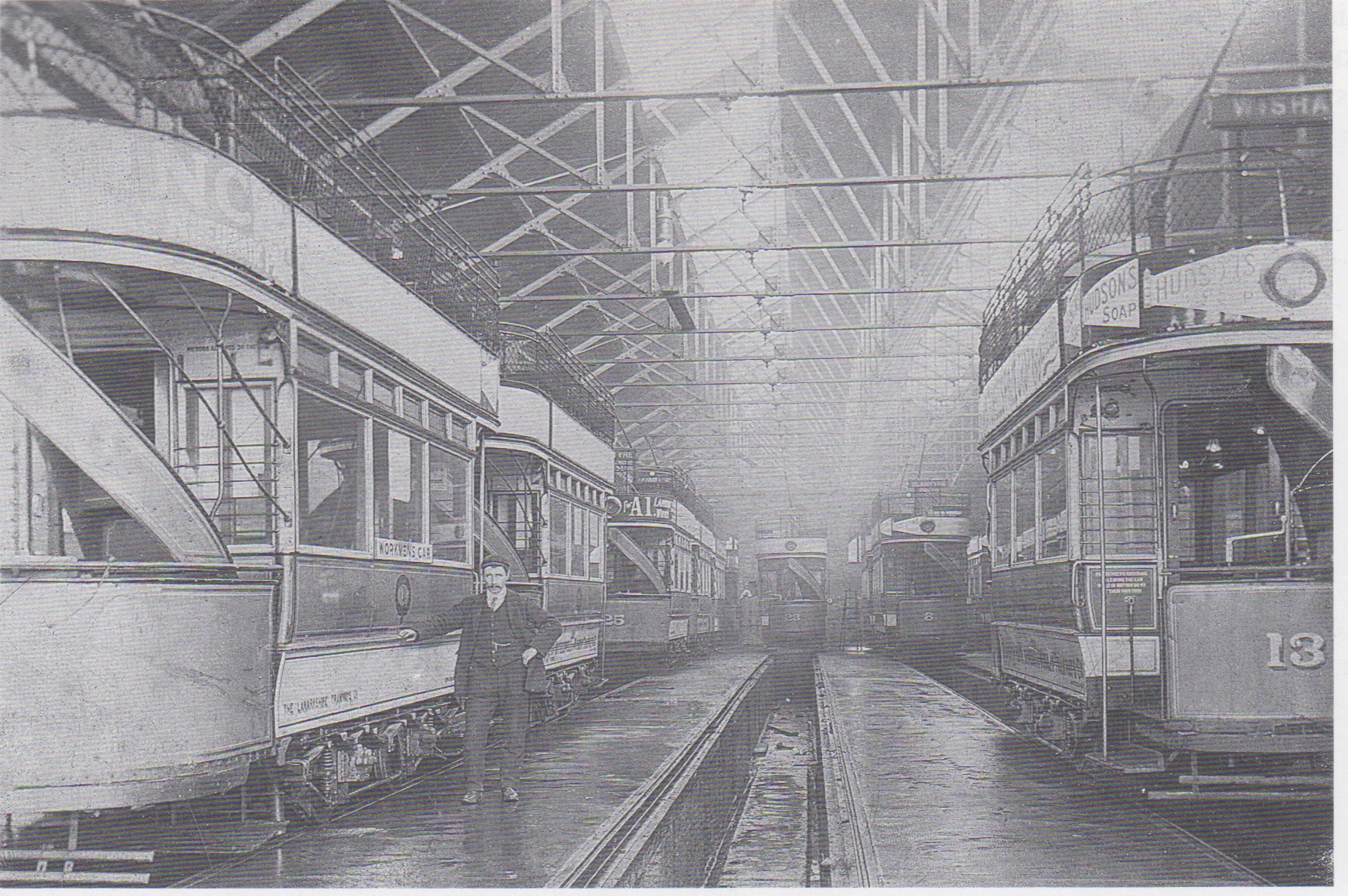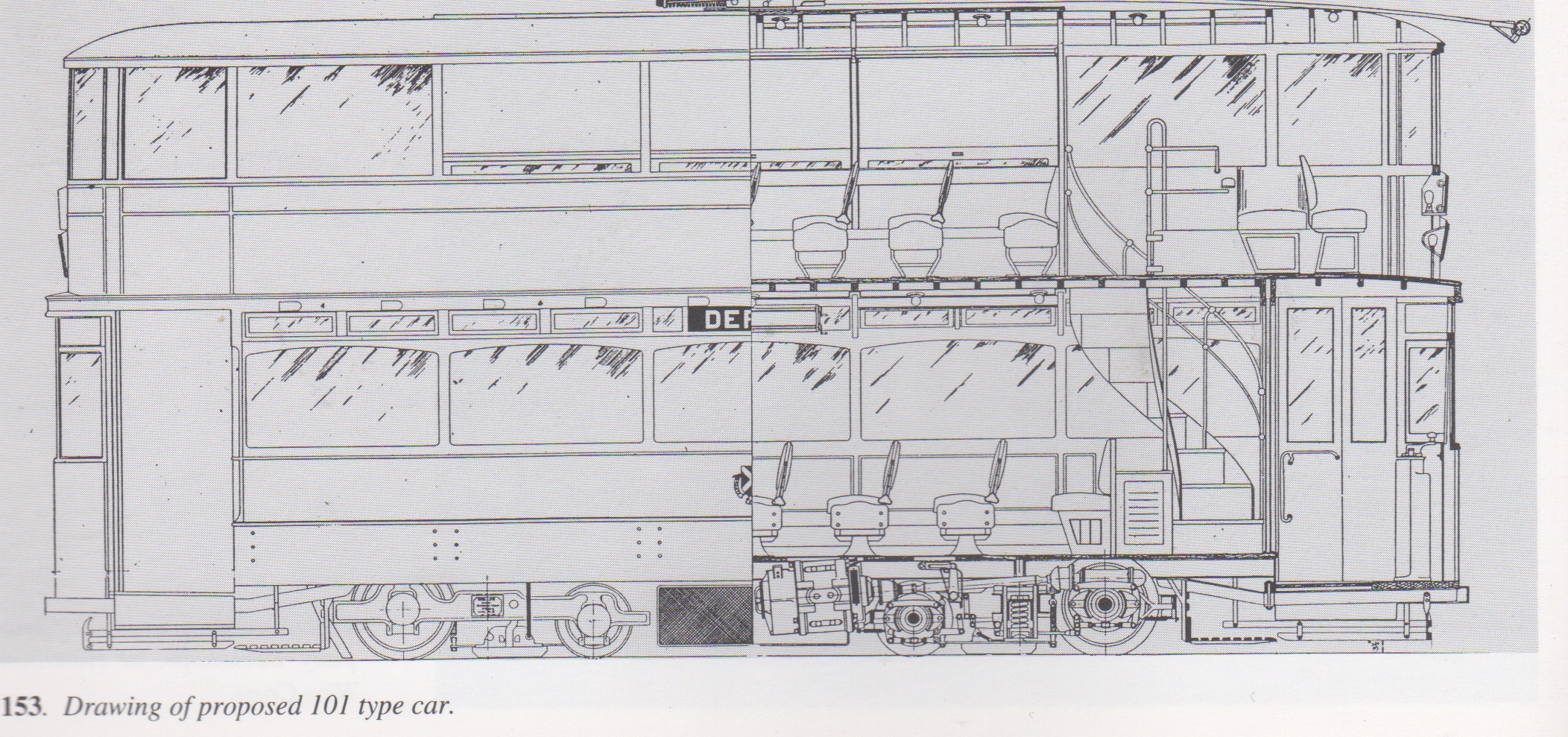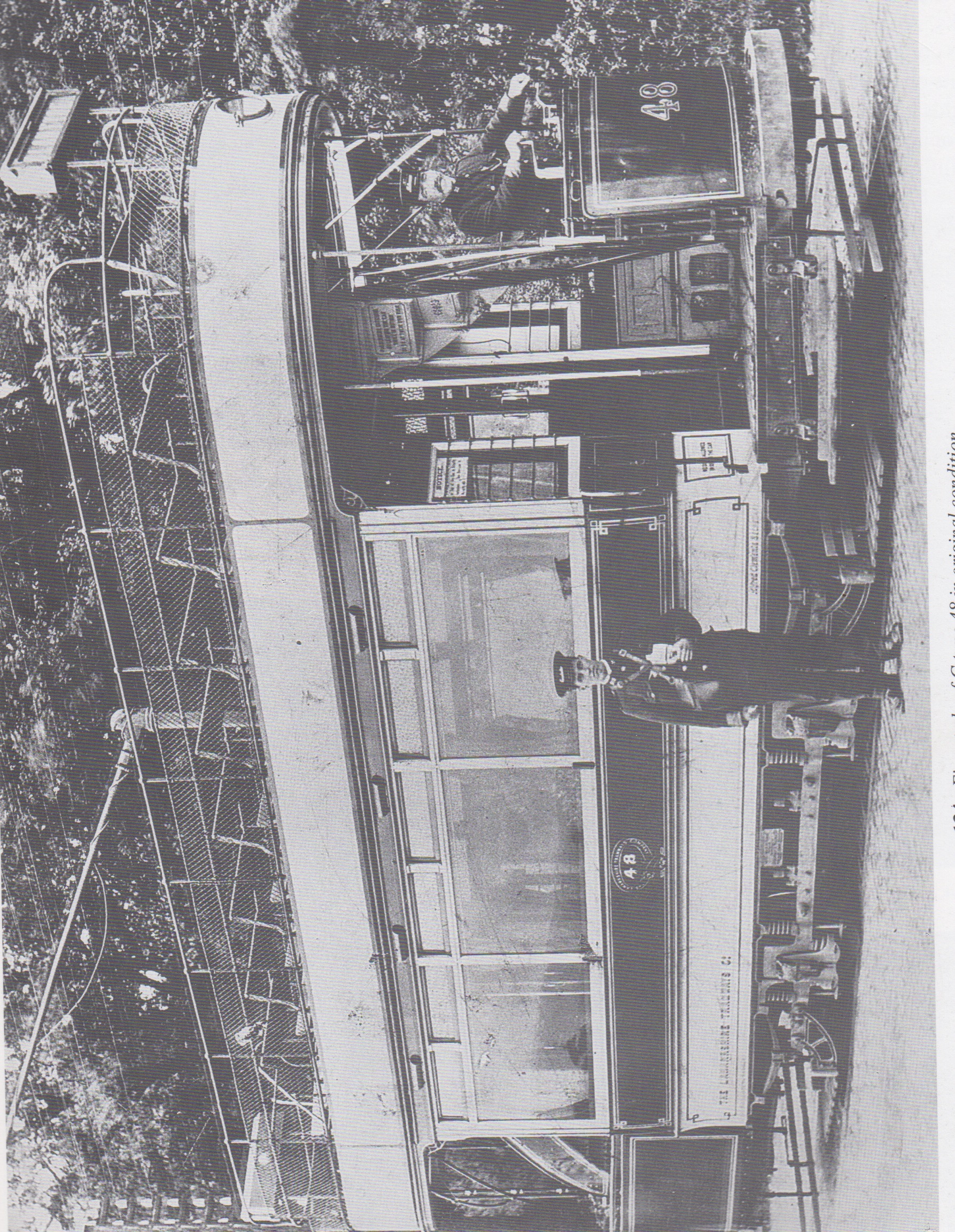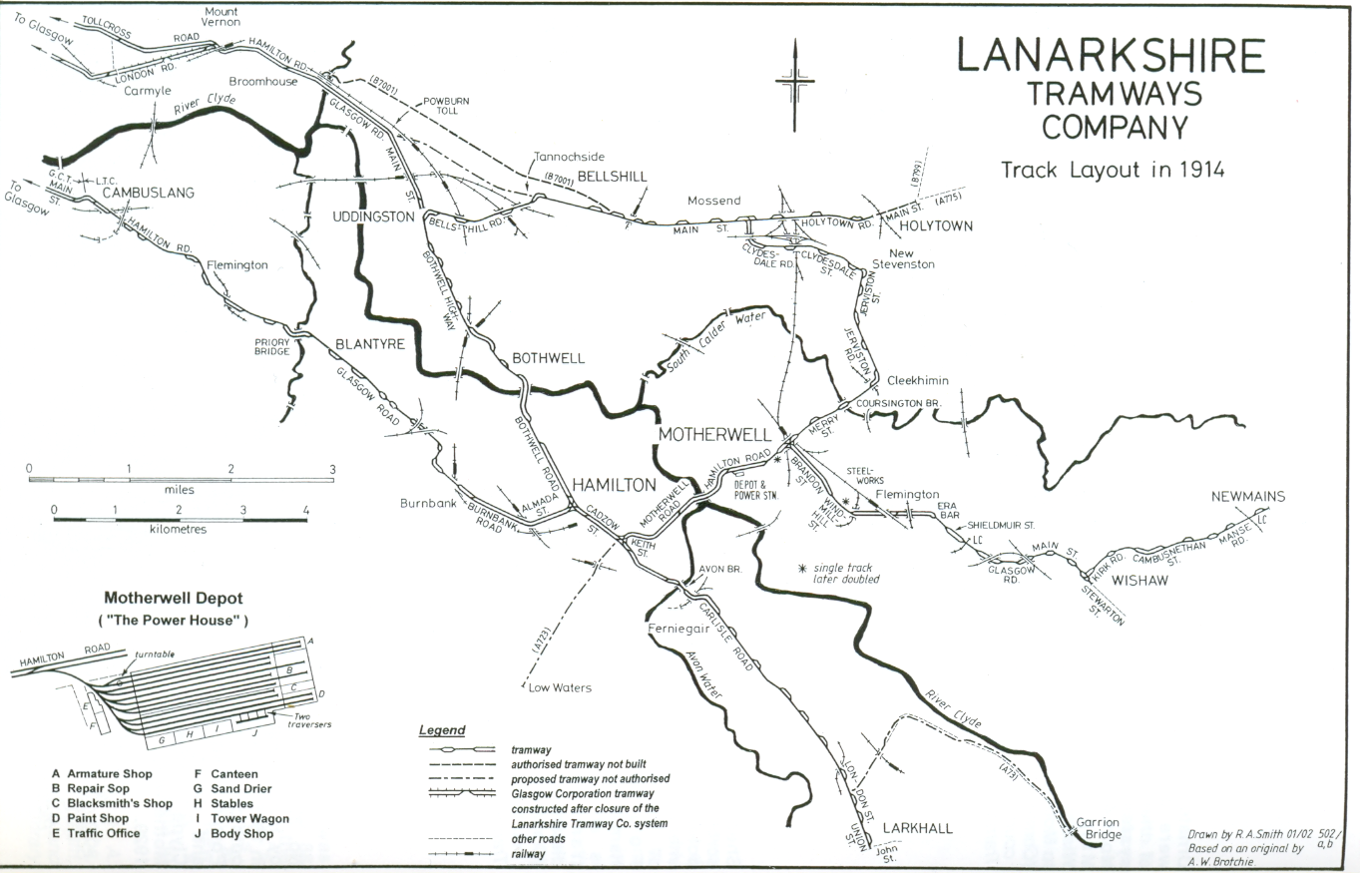The Lanarkshire Tramways Company
22 July 1903 - 14 Feburary 1931
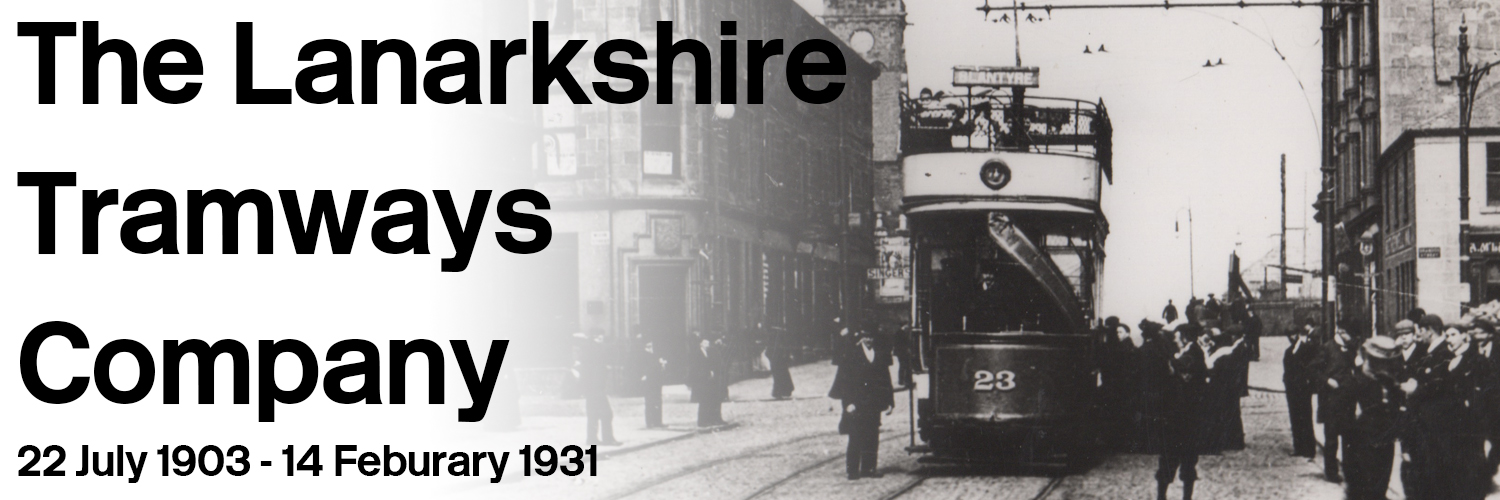
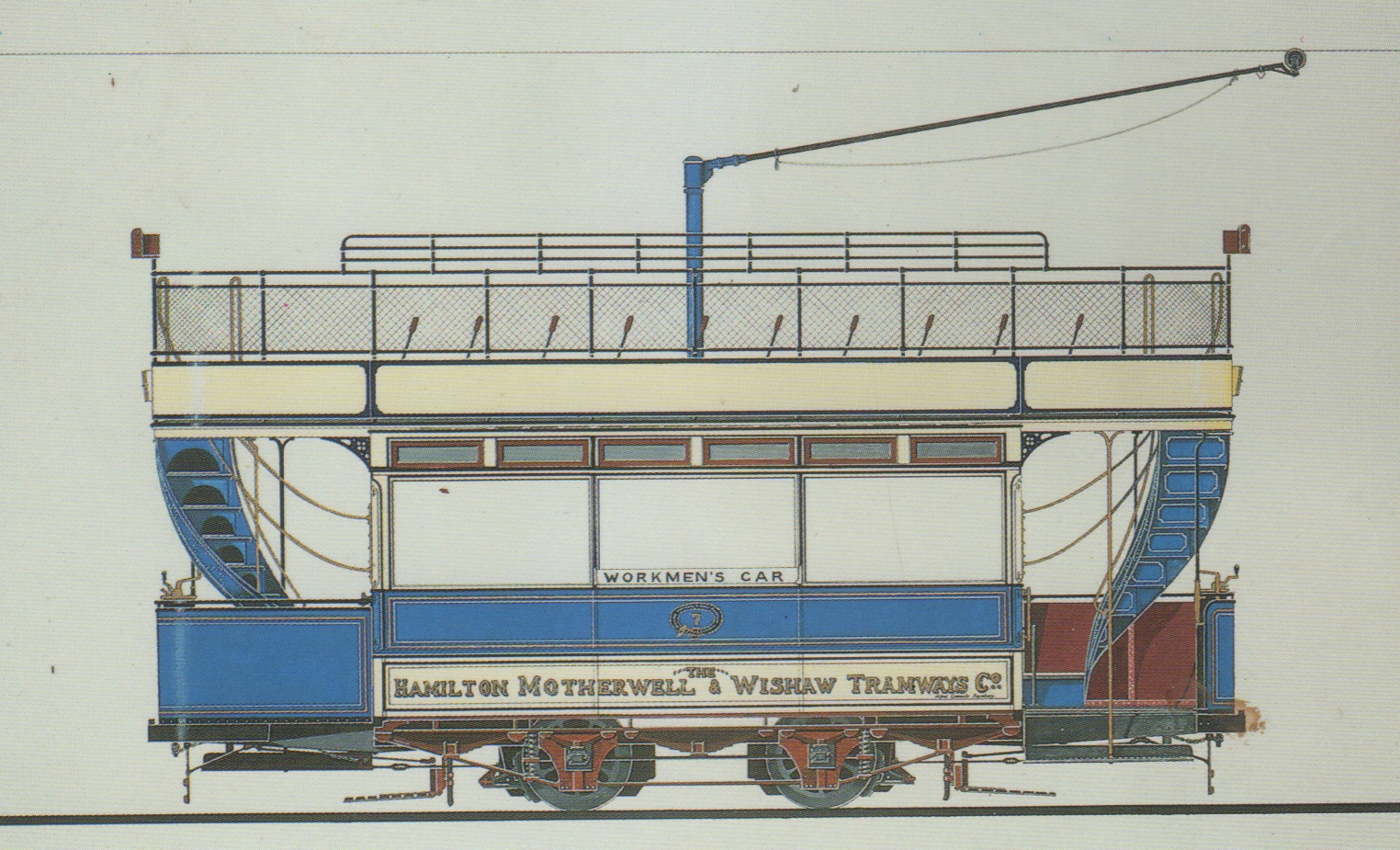 A tramway through the Clyde valley part of Lanarkshire connecting Glasgow to the then developing future industrial heartland of the county through Hamilton, Motherwell and Wishaw was first proposed in the Glasgow, Bothwell, Hamilton and Wishaw Tramways Act of 1872. The main service was through Glasgow via Bothwell to Hamilton with a branch to Motherwell and Wishaw. Although there was an agreement between the promotors and the then Glasgow Tramways and Omnibus Company to proceed with the line nothing ever came of it and it was allowed to lapse.
A tramway through the Clyde valley part of Lanarkshire connecting Glasgow to the then developing future industrial heartland of the county through Hamilton, Motherwell and Wishaw was first proposed in the Glasgow, Bothwell, Hamilton and Wishaw Tramways Act of 1872. The main service was through Glasgow via Bothwell to Hamilton with a branch to Motherwell and Wishaw. Although there was an agreement between the promotors and the then Glasgow Tramways and Omnibus Company to proceed with the line nothing ever came of it and it was allowed to lapse.
A further attempt by the three town councils of the area to set up a committee in 1896 raised interest again in supporting a tramway for the area originally included within the first act. However due to the initial expenses of setting up a tramway between the three towns no further action was taken. Another proposal by independent promotors in 1898 under the Light Railways Act 1896 failed due to objections with the proposed gauge of 3ft 6ins and the proposed route through Hamilton and the possible impact on the Caledonian railway, the Commissioners did not approve of the application.
.
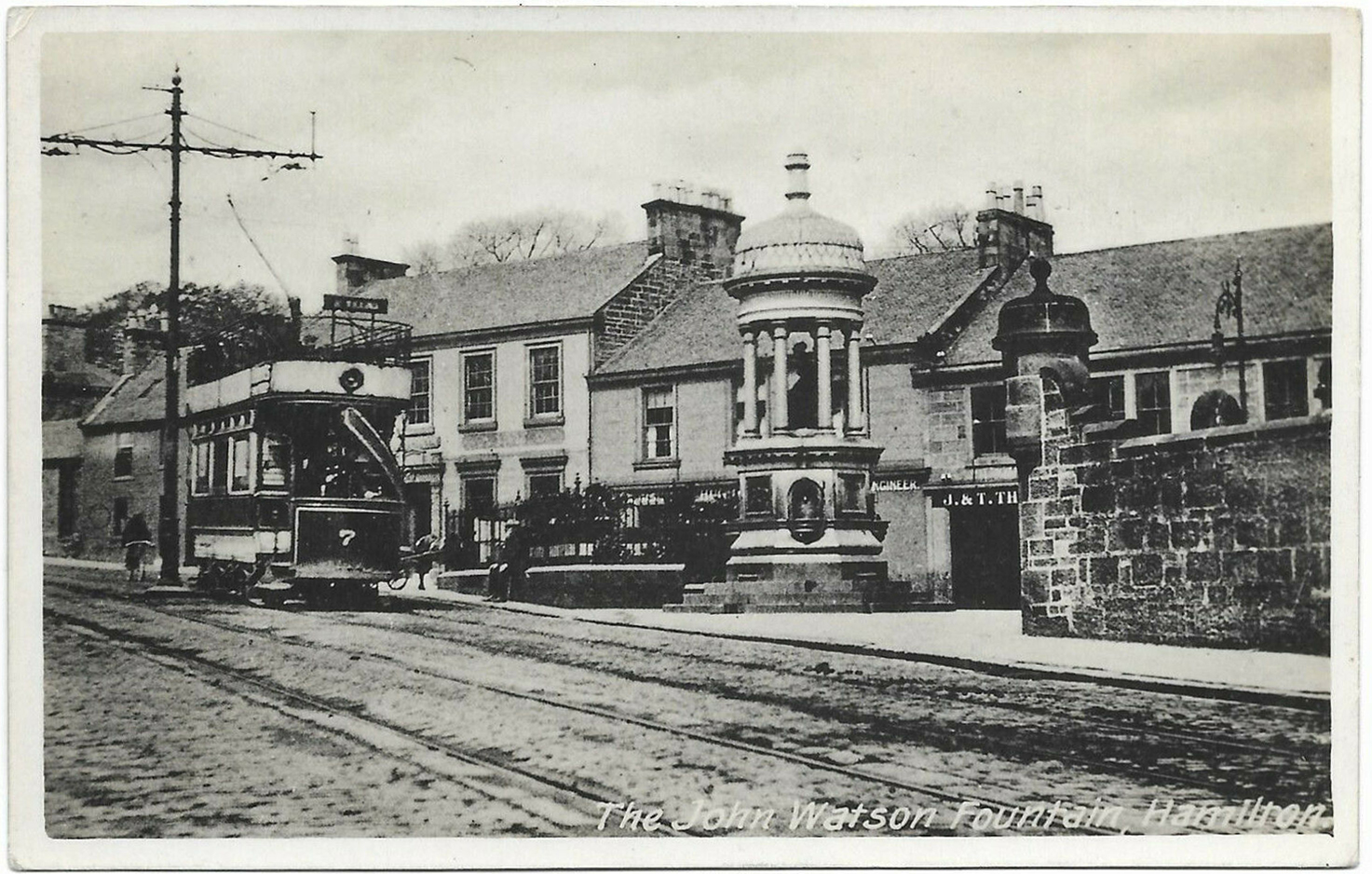 Finally after an approach by Hamilton town council to other local authorities and with commercial interest from the British Thomson Houston Company the Hamilton, Motherwell and Wishaw Tramway act of 1900 was authorised. This Act authorised three tramway routes one from Glasgow through Hamilton, Motherwell and to the east of Wishaw town centre. The second was to link the Larkhall area with Hamilton via Ferniegair. The final line being a junction between the first two lines.
Finally after an approach by Hamilton town council to other local authorities and with commercial interest from the British Thomson Houston Company the Hamilton, Motherwell and Wishaw Tramway act of 1900 was authorised. This Act authorised three tramway routes one from Glasgow through Hamilton, Motherwell and to the east of Wishaw town centre. The second was to link the Larkhall area with Hamilton via Ferniegair. The final line being a junction between the first two lines.
The contemporary records show that it was not all plain sailing for the tramway company to construct the initial lines. Having to negotiate with separate town council Burgh Surveyors re the timing of street works and the completion to the necessary alterations to their satisfaction. There were also many incidences of complaint from the public and adjacent land owners concerning the disruption to the roadways and the spoiling of the views due to overhead line poles. These along with the inevitable issue of subsidence resulting from mine workings, in particular within the Power House building delayed the commencement of the tramway service.
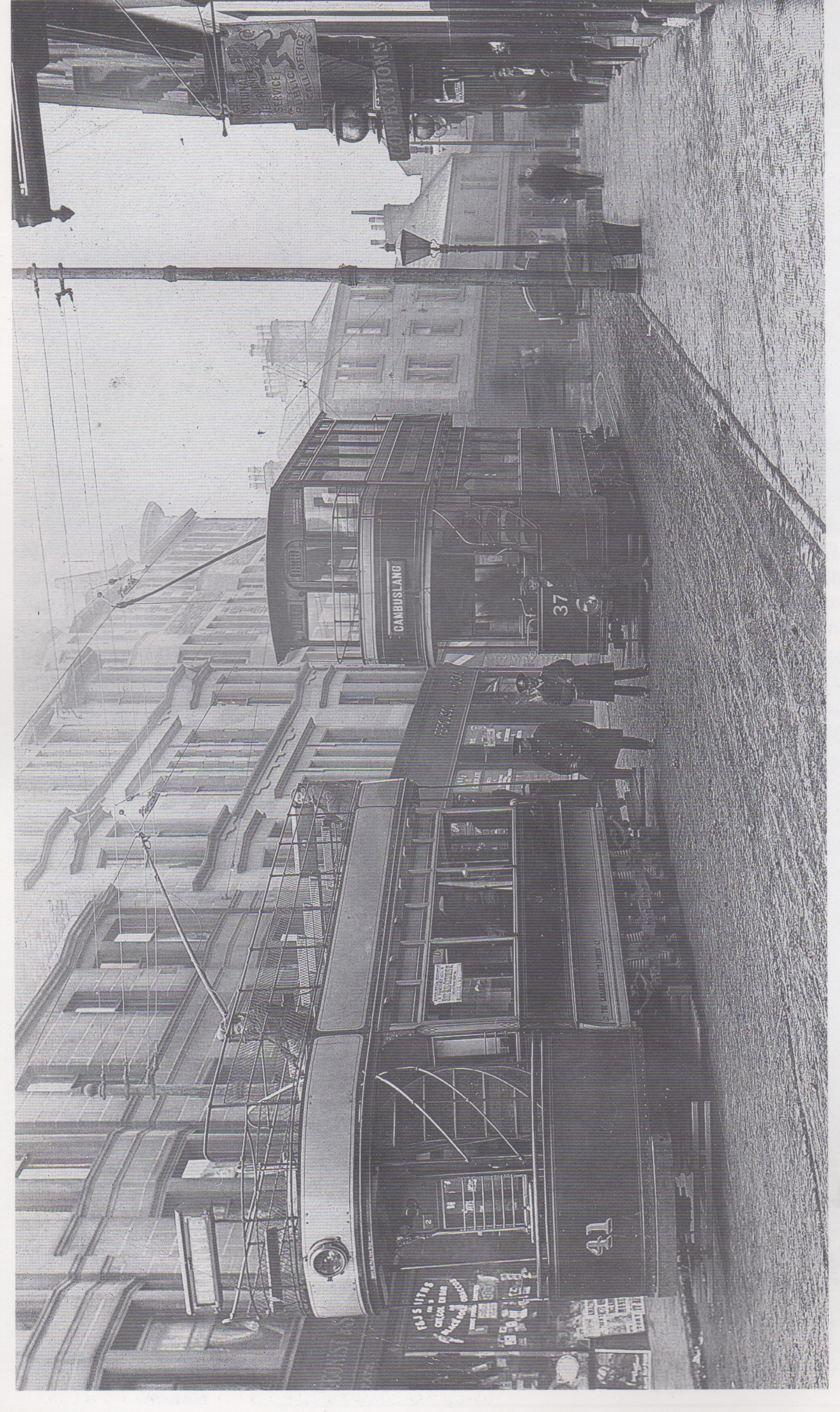 The tramway service commenced life in July 1903, after a Board of Trade inspection, as the Hamilton, Motherwell and Wishaw Tramways operating on a 4ft 7 ¾ inch gauged, mainly single tracked service with passing places between the towns included within the original authorised 1900 Act. These largely industrialised areas were linked together to give access to the Glasgow Tramway service, but did not provide through services even although they had the same track gauge size. To this end the initial service operated from Low Blantyre eastwards to Wishaw via Hamilton and Motherwell with a separate service between Hamilton and Larkhall remaining to be constructed. Newspapers of the time reported the excitement of the local population for the tramway and on its first day of operation an estimated 30,000 passengers used the service. The trams ran late into the evening to allow as many to have a ride on this new service.
The tramway service commenced life in July 1903, after a Board of Trade inspection, as the Hamilton, Motherwell and Wishaw Tramways operating on a 4ft 7 ¾ inch gauged, mainly single tracked service with passing places between the towns included within the original authorised 1900 Act. These largely industrialised areas were linked together to give access to the Glasgow Tramway service, but did not provide through services even although they had the same track gauge size. To this end the initial service operated from Low Blantyre eastwards to Wishaw via Hamilton and Motherwell with a separate service between Hamilton and Larkhall remaining to be constructed. Newspapers of the time reported the excitement of the local population for the tramway and on its first day of operation an estimated 30,000 passengers used the service. The trams ran late into the evening to allow as many to have a ride on this new service.
Later in the year a separate Lanarkshire Tramways Order 1903 was granted the name change to recognise that through this order further expansion of the tramway was authorised to include the burghs of Uddingston, Bothwell, Bellshill, Cambuslang and Holytown. The Order also corrected an error in the original 1900 Act with regard to the track gauge which was stated as 4ft 8in and not the constructed 4ft 7 ¾ inch.
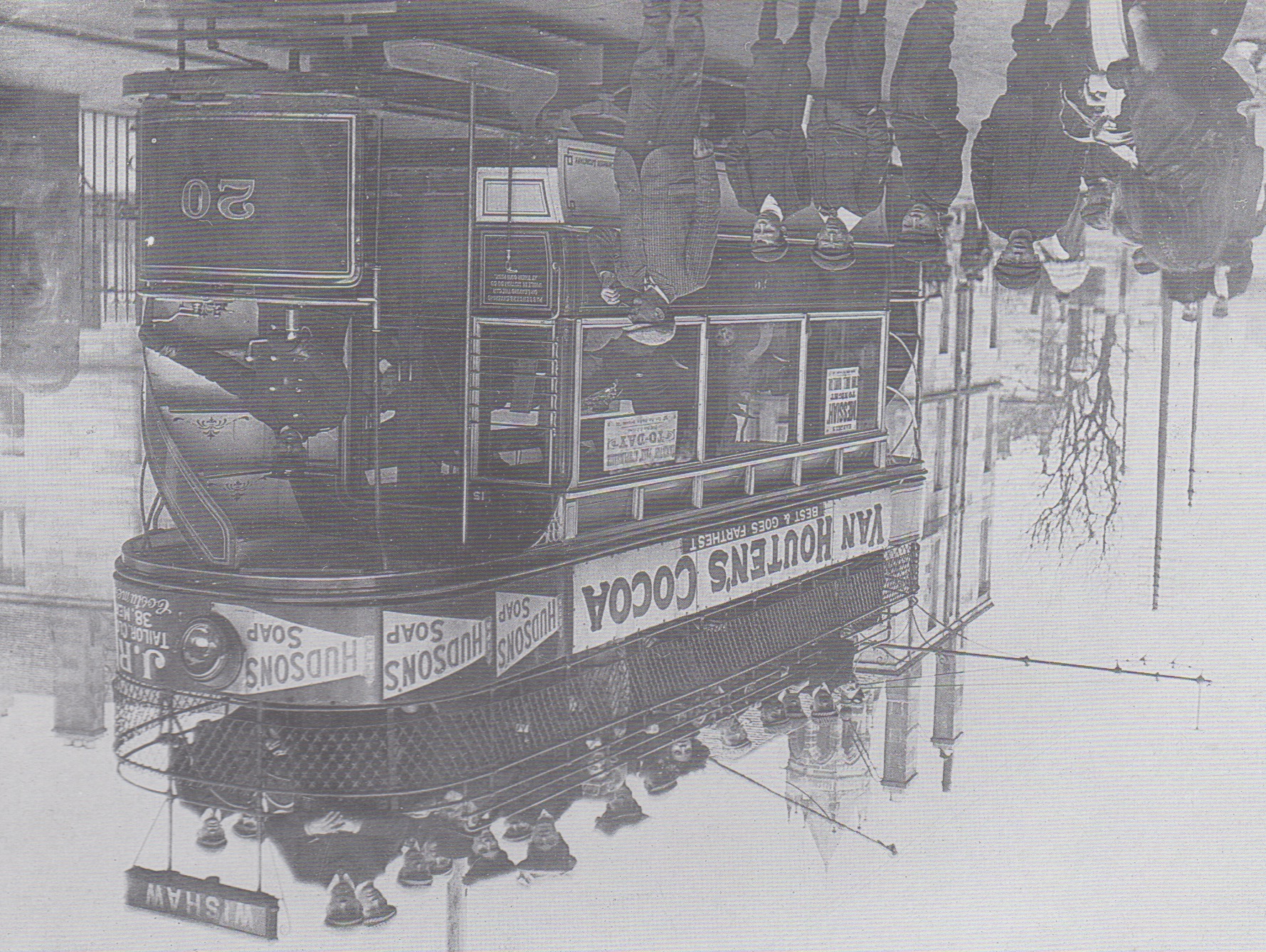 FFrom the start the tramway service proved to be popular with the 1904 New Year holiday traffic exceeding 106,000 passengers with new years fares providing income of £200 to the company. Over the following years the authorised extension of the tramway took place with line to Larkhall being completed in 1905 and to Cambuslang via Blantyre in 1906. It was not until 1908 that the lines from Uddingston to Hamilton and the Mossend and Bellshill to Motherwell were commenced. The delay in commencing these additional lines required the company to seek an order to allow them to extend the time allowed for the completion of the track. The Lanarkshire Tramways Order 1908 (Confirmation Bill) extended the time to complete the tramways lines authorised under the 1903 Order. During the initial years of operating various councils looked at developing the tramway within their own boundaries and in 1905 Hamilton town council proposed an extension from Hamilton cross to Eddlewood some 1 ½ miles as a result of a traffic census which indicated that a potential 60,000 passengers per week was possible. Like many proposed extensions after consideration of the costs nothing came of it.
FFrom the start the tramway service proved to be popular with the 1904 New Year holiday traffic exceeding 106,000 passengers with new years fares providing income of £200 to the company. Over the following years the authorised extension of the tramway took place with line to Larkhall being completed in 1905 and to Cambuslang via Blantyre in 1906. It was not until 1908 that the lines from Uddingston to Hamilton and the Mossend and Bellshill to Motherwell were commenced. The delay in commencing these additional lines required the company to seek an order to allow them to extend the time allowed for the completion of the track. The Lanarkshire Tramways Order 1908 (Confirmation Bill) extended the time to complete the tramways lines authorised under the 1903 Order. During the initial years of operating various councils looked at developing the tramway within their own boundaries and in 1905 Hamilton town council proposed an extension from Hamilton cross to Eddlewood some 1 ½ miles as a result of a traffic census which indicated that a potential 60,000 passengers per week was possible. Like many proposed extensions after consideration of the costs nothing came of it.
In spite of the income from passenger services being relatively high the company struggled to complete several miles of track authorised under the 1908 Order. Throughout the years until the commencement of the First World war the company faced many troubles regarding the completion of authorised sections. In 1912 the situation had become so acute that the company faced competition from Lanark County Council and Glasgow Corporation both of whom proposed to complete the outstanding works and operate the lines themselves. To this end Lanark County Council promoted a provisional order to complete the authorised system and to take over the company if need be. Under the Act the Council was authorised to complete the outstanding works which they did and leased them to the company to operate a tram service on. By February 1914 the authorised lines were complete and all the original towns and villages authorised within the 1900 Act and 1903 Order were connected. This complete the envisaged tramway covering some 29 miles making it one of the largest rural tramways in Scotland.
.
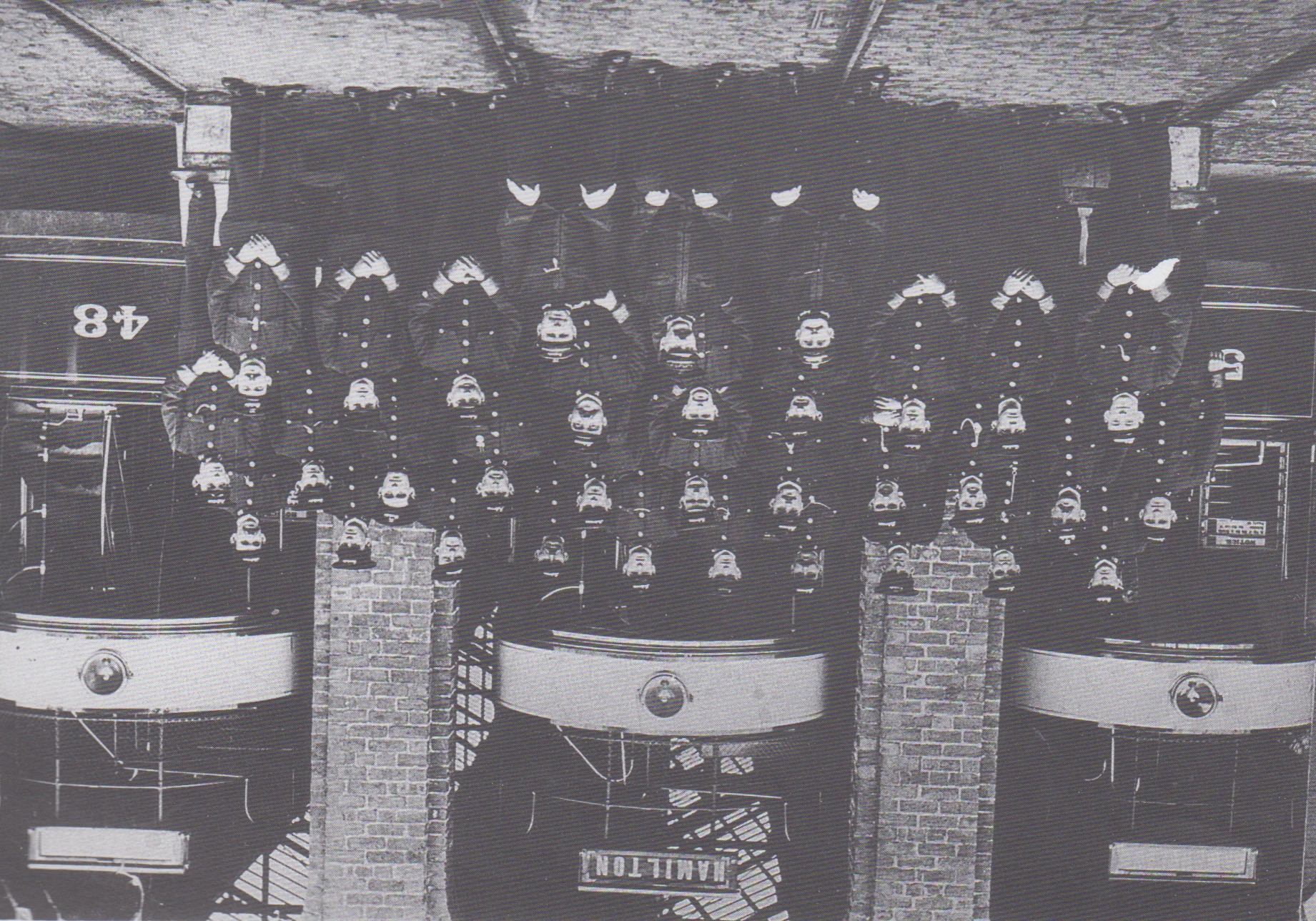 Like many other tramways the impact of the First World war and the wear an tear on the track and trams due to shortage of materials and passenger transport serving essential war industries took its toll on the companies finances. Competition from other forms of transport in particular buses, of which the company had a substantial fleet feeding into the tramway services also began to take its toll. The situation was further put under pressure as a result of the pending expiry of the powers given the Lanark County Council under the 1912 Act which gave them the ability to purchase the system from the company. After some considerable debate the powers were allowed to lapse and in 1921 the company purchased from the council those sections of track completed by them under the 1912 Act. In the same year the company applied to increase the number of bus routes across the county and for permission to run services into Glasgow city centre. These plans were opposed by both Lanark and Glasgow Councils. The Confirmation Bill was approved and the company was permitted to run bus services across the county of Lanark of which Glasgow was part. This was the beginning of the end of the tramway service. Further competition from their own buses and other independent operators lead to the inevitable situation that the company had become a bus service that ran trams. By 1928 the decision was taken to commence closure of those uneconomical services and replace them with company buses. In 1930 the company changed its name to the Lanarkshire Traction Company to reflect these changes of transport provision. By 1931 the decision was taken to cease tramway services entirely as they had been essentially replaced by buses for most of the areas services by the company and on 14 February 1931 the last tram service operated from Bellshill to the Power Hose in Motherwell where a large crowd awaited the last tram.
Like many other tramways the impact of the First World war and the wear an tear on the track and trams due to shortage of materials and passenger transport serving essential war industries took its toll on the companies finances. Competition from other forms of transport in particular buses, of which the company had a substantial fleet feeding into the tramway services also began to take its toll. The situation was further put under pressure as a result of the pending expiry of the powers given the Lanark County Council under the 1912 Act which gave them the ability to purchase the system from the company. After some considerable debate the powers were allowed to lapse and in 1921 the company purchased from the council those sections of track completed by them under the 1912 Act. In the same year the company applied to increase the number of bus routes across the county and for permission to run services into Glasgow city centre. These plans were opposed by both Lanark and Glasgow Councils. The Confirmation Bill was approved and the company was permitted to run bus services across the county of Lanark of which Glasgow was part. This was the beginning of the end of the tramway service. Further competition from their own buses and other independent operators lead to the inevitable situation that the company had become a bus service that ran trams. By 1928 the decision was taken to commence closure of those uneconomical services and replace them with company buses. In 1930 the company changed its name to the Lanarkshire Traction Company to reflect these changes of transport provision. By 1931 the decision was taken to cease tramway services entirely as they had been essentially replaced by buses for most of the areas services by the company and on 14 February 1931 the last tram service operated from Bellshill to the Power Hose in Motherwell where a large crowd awaited the last tram.
Many tram users missed the tram service not the least because in most areas which the tram service passed through they had a cheap form of transport lost to them to be replaced, in particular the more rural or isolated hamlets, with a bus service which in most cases cost twice as much. The Lanarkshire Traction Company continued service as a bus company until its purchase by the Scottish Motor Transport Company (SMT). At the time of closure only 16 trams were operating and although put up for sale all were scrapped. Fortunately one of the tram bodies was saved and used for many years as a hay store in an open field and has been restored and is in preservation at Summerlee Museum of Scottish Industrial Life in Coatbridge as Lanarkshire 53 tram. This trams story can be read on the Summerlee Transport Group’s web site.
.
